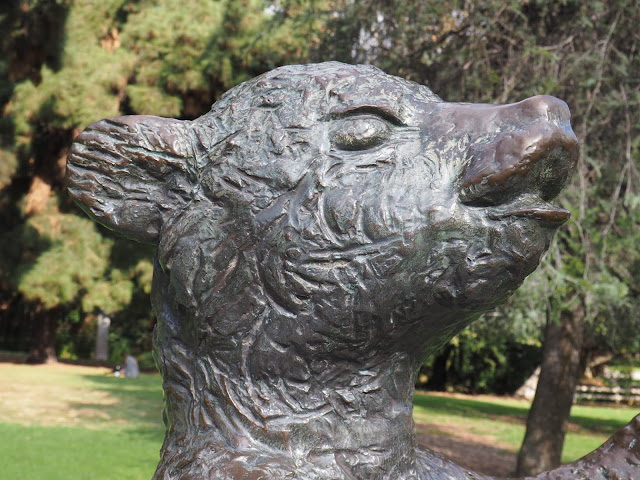Until last month I had only ever once stayed in an airport hotel – it was in Los Angeles when Virgin couldn’t fly us out. At this point I’ve forgotten both the reason and the name of the hotel.
But last month in order to get an affordable flight from Heathrow I had to take off very early in the morning, in fact so early that I doubted I could get to the airport from central London in time. So for the night before the flight I booked into the Hyatt Place Heathrow – very clean, very neat, not quite as soulless as you might expect (though it does look it in the picture below), and pretty cheap for a “London hotel.”
Obsessive and travel-anxious as I always am, I arrived there mid-afternoon and once I’d checked in, despite the place not being entirely soulless, a profound “in transit” melancholy descended upon me. So I decided to go for a walk.
I imagined I’d be plodding around the perimeter fences of various ancillary airport buildings - which was OK by me - but this proved not be the case. A little way down the main drag – which is named Bath Road - there was a stile that led into a wheat field. And there was a very clear path leading straight across it. Off I went.
Now it so happened that when I was in London I’d seen an exhibition at the Royal Institute of British Architects, titled “Disappear Here: On perspective and other kinds of space” curated by Sam Jacobs.
So I knew a thing or two about vanishing points. And this field offered more than one of them. Cool.
That exhibition title, I assume, must derive from Bret Easton Ellis’s novel Less Than Zero. The words first appear in this section:
“I come to a red light, tempted to go through it, then stop once I see a billboard sign that I don't remember seeing and I look up at it. All it says is ‘Disappear Here’ and even though it's probably an ad for some resort, it still freaks me out a little and I step on the gas really hard and the car screeches as I leave the light."
The phrase “disappear here” keeps popping up throughout the novel, which seemed a pretty weary trope when I first read the novel in the 1980s and it doesn’t seem any less so now.
But anyway, as I continued to walk through the wheat field I started to hear guns in the distance. I couldn’t see anybody doing the shooting, and this being England, I assumed it was a farmer using his shotgun, attempting to kill crows rather than me, but when you’re in the middle of a field in the edgelands of Heathrow airport, with no cover for a few hundred yards in all directions, it’s probably best not to take anything for granted. I rereated. I lived to tell the tale. You knew that already.
Various people I’ve described this experience to have said how “Ballardian” it must have felt. Well only up to a point. JG Ballard is on record as saying how wonderful he found the Heathrow Hilton. In an interview with Hans Ulrich Obrist, Ballard said,
“The Heathrow Hilton designed by Michael Manser is my favourite building in London. It's part space-age hangar and part high-tech medical centre. It's clearly a machine, and the spirit of Le Corbusier lives on in its minimal functionalism. It's a white cathedral, almost a place of worship, the closest to a religious building that you can find in an airport. Inside, it's a highly theatrical space, dominated by its immense atrium. The building, in effect, is an atrium with a few rooms attached. Most hotels are residential structures, but rightly the Heathrow Hilton plays down this role, accepting the total transience that is its essence, and instead turns itself into a huge departure lounge, as befits an airport annexe. Sitting in its atrium one becomes, briefly, a more advanced kind of human being. Within this remarkable building one feels no emotions and could never fall in love, or need to.”

Well again, only up to a point, surely. People fall in love everywhere. In any case, the Heathrow Hilton, more architectural than the Hyatt, though it undoubtedly is, costs about three times as much as my room at the Hyatt. Would the extra expense have defused my melancholy? You know, I doubt it.








































